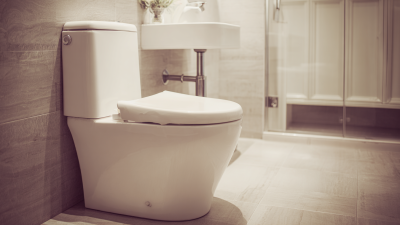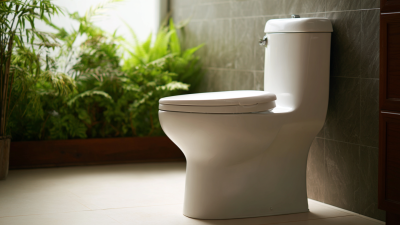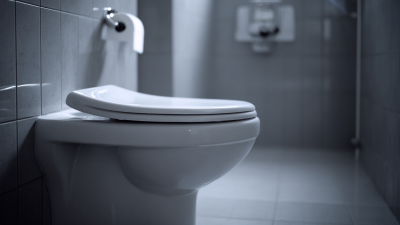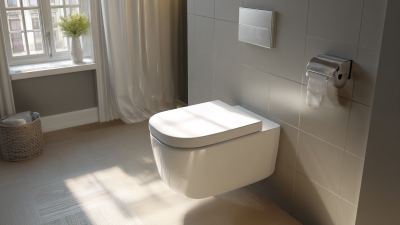Leave Your Message
In the ever-evolving landscape of bathroom design, the Compact One Piece Toilet emerges as a practical solution for maximizing space in small bathrooms. According to the American Institute of Architects, approximately 78% of new homes feature bathrooms that prioritize efficiency, underscoring the growing demand for space-saving fixtures. Industry reports indicate that the one-piece design not only enhances aesthetic appeal but also simplifies maintenance, making it a favorite among homeowners and designers alike. With compact models providing a range of flush options and water-saving technologies, selecting the best Compact One Piece Toilet becomes crucial. As consumer preferences shift towards sustainability, with a 20% increase in demand for eco-friendly products reported by the National Kitchen and Bath Association, understanding the key features and standards of these toilets will aid homeowners in making informed choices that align with both style and functionality for their compact spaces.
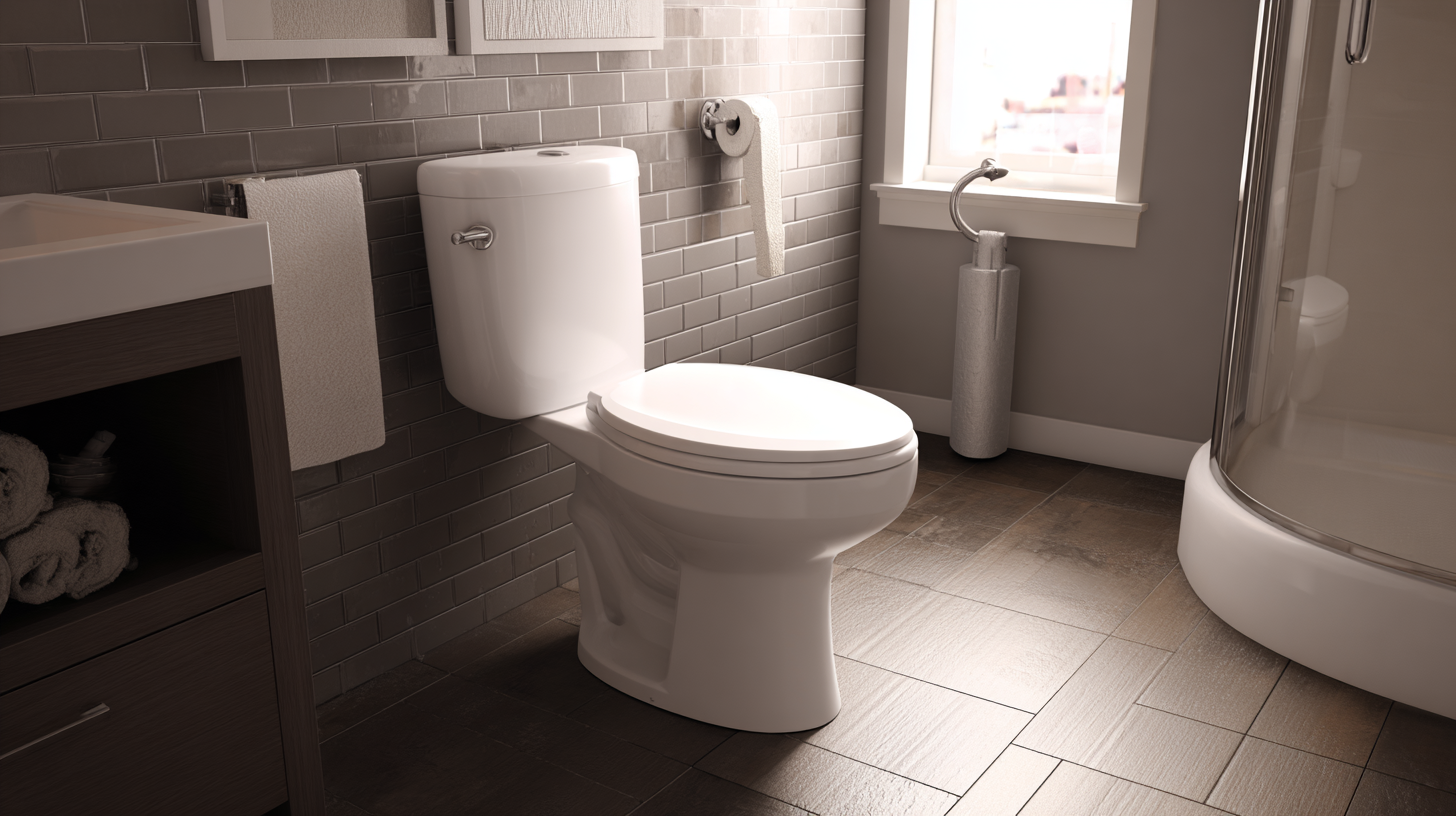
When selecting a compact one-piece toilet for small bathrooms, understanding its dimensions and space requirements is crucial. According to industry standards, the average size of a compact toilet ranges from 24 to 28 inches in depth and about 14 to 16 inches in width. This allows for optimal space utilization while ensuring comfort for the user. A report by the National Kitchen and Bath Association (NKBA) highlights that small bathrooms typically require fixtures that maximize both functionality and space efficiency. Therefore, choosing a model with a lower profile can be beneficial in cramped areas.
**Tips:** When measuring your bathroom space, consider not just the width and depth of the toilet, but also the height from the floor to the tank lid. Most compact toilets are designed with a height around 27 to 30 inches, which is suitable for most users but may feel cramped for taller individuals. Additionally, a minimum clearance of 15 inches from the centerline of the toilet to any wall or fixture is advisable according to ASME A112.19.2 standards to ensure accessibility and comfort.
Another key aspect is the toilet's bowl shape. Round bowls typically take up less space than elongated bowls, making them a preferable choice for tight areas. A survey conducted by the Toilet Manufacturers Association reveals that 70% of homeowners with small bathrooms prefer round bowls for their compactness. Thus, when selecting a compact toilet, assess your bathroom layout carefully to choose the style that aligns with both space and user preference.
When selecting a compact one-piece toilet for small bathrooms, evaluating flush technology and water efficiency ratings is crucial. Modern toilets employ various flush technologies, including gravity-flush, pressure-assisted, and dual-flush systems. Gravity-flush toilets use the weight of water in the tank to create a powerful flush. They are typically quieter and simpler, making them ideal for homes where noise is a concern.
On the other hand, pressure-assisted toilets utilize compressed air to enhance flushing power, reducing the amount of water needed for a thorough clean. This technology is particularly beneficial for high-traffic bathrooms that require reliable performance.
Water efficiency ratings, indicated by the WaterSense label or gallons per flush (GPF), are essential in choosing the right toilet. A high-efficiency toilet uses 1.28 GPF or less, significantly reducing water waste compared to standard models that may use 1.6 GPF or more. Not only does this lower water consumption contribute to environmental conservation, but it also helps reduce utility bills over time. By selecting a toilet that combines efficient flush technology with strong water efficiency ratings, homeowners can enjoy a balance of performance and sustainability, even in compact spaces.
When selecting a compact one-piece toilet for smaller bathrooms, one of the crucial factors to consider is the comfort height. Comfort height toilets are designed to provide ease of use for individuals of all ages and abilities, typically standing between 16 to 18 inches high. This elevated height means less strain on the knees and back, making the experience of sitting and standing more comfortable, particularly for seniors or those with mobility issues.
In addition to comfort height, ergonomic design features can significantly enhance user experience. Look for models with well-shaped seats that provide ample support and contours that fit the body’s natural posture. Smooth lines and minimalistic designs not only contribute to aesthetic appeal but also make cleaning easier, an essential consideration in smaller spaces. Materials that resist scratching and staining will ensure that the toilet maintains its beauty and functionality over time, making these features essential when choosing a compact one-piece toilet for your small bathroom.
| Model | Height (Comfort) | Width | Depth | Water Consumption (GPF) | Ergonomic Features |
|---|---|---|---|---|---|
| Model A | 16.5 inches | 25 inches | 27 inches | 1.28 | Soft-close seat, ADA compliant |
| Model B | 17 inches | 24 inches | 28 inches | 1.6 | Contoured seat, height adjustable |
| Model C | 18 inches | 23 inches | 26 inches | 0.8 | Ergonomic style, built-in bidet |
| Model D | 16 inches | 26 inches | 29 inches | 1.1 | Compact design, quick-release seat |
When selecting a compact one-piece toilet for a small bathroom, installation ease and compatibility with existing plumbing are crucial considerations. First and foremost, it’s important to evaluate the toilet's dimensions and water supply locations. A compact model should not only fit well within the limited space but also align seamlessly with existing plumbing fixtures. This ensures a straightforward installation process, minimizing the need for extensive adaptations to current plumbing systems.
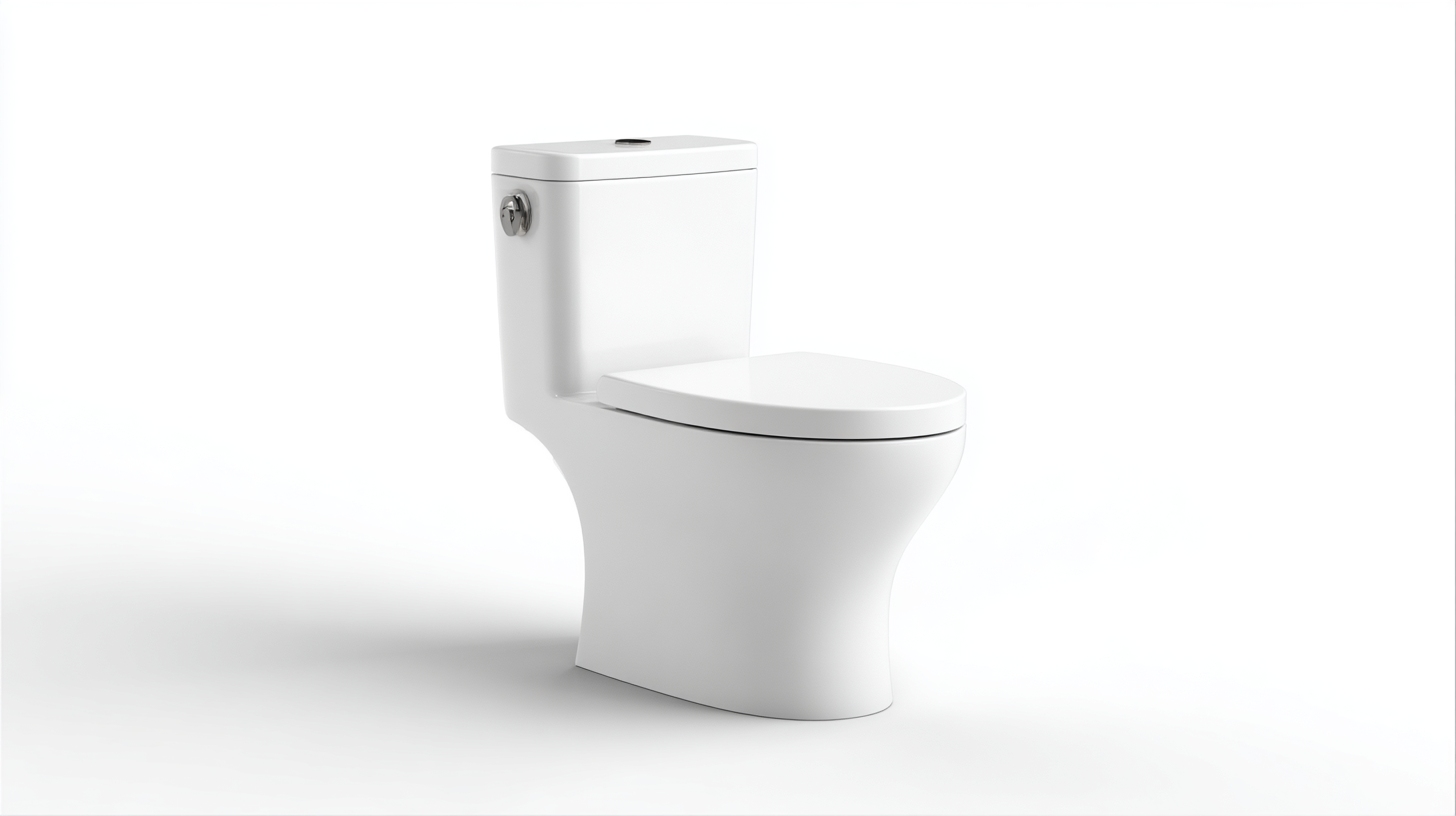
Additionally, consider the weight and design of the toilet. A one-piece design typically offers simplicity in both installation and maintenance, making it an attractive choice for small bathrooms. Most compact toilets come with standard rough-in measurements, which can help determine compatibility with existing plumbing. Always check for any additional requirements such as floor mounting or specific connection hardware that may influence installation ease. Ultimately, choosing a model that supports a hassle-free setup will lead to a more enjoyable user experience in a confined space.
When it comes to integrating a compact one-piece toilet into a small bathroom, the aesthetic styles and finishes play a pivotal role in complementing the overall design. Opting for a minimalistic design can create an illusion of more space, making it essential to choose toilets with sleek lines and understated elegance. For instance, smooth curves or geometric shapes in a toilet can enhance the bathroom's visual appeal without overwhelming it. Additionally, selecting a model in a classic color, such as white or light gray, can contribute to a feeling of spaciousness and cleanliness.
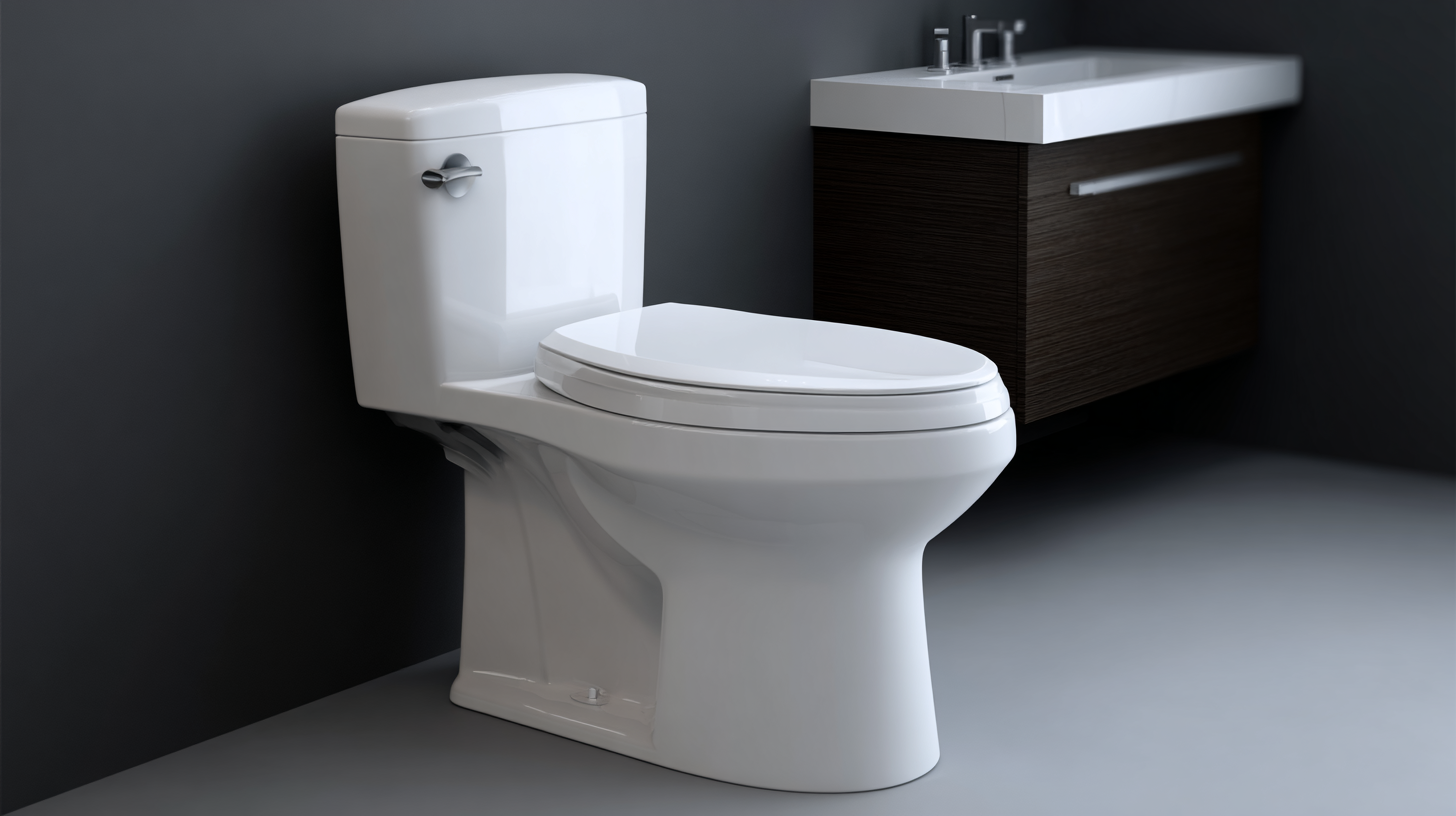
Finishes also dramatically affect how well the toilet integrates into the smaller bathroom environment. A high-gloss finish can lend a modern touch, while matte finishes may evoke a warmer, more inviting atmosphere. Furthermore, consider selecting finishes that resist smudges and stains, which is particularly important in smaller spaces where maintenance is more pronounced. By carefully evaluating both stylistic and finish options, one can find a compact toilet that not only meets practical needs but also harmonizes perfectly with the bathroom's decor.
